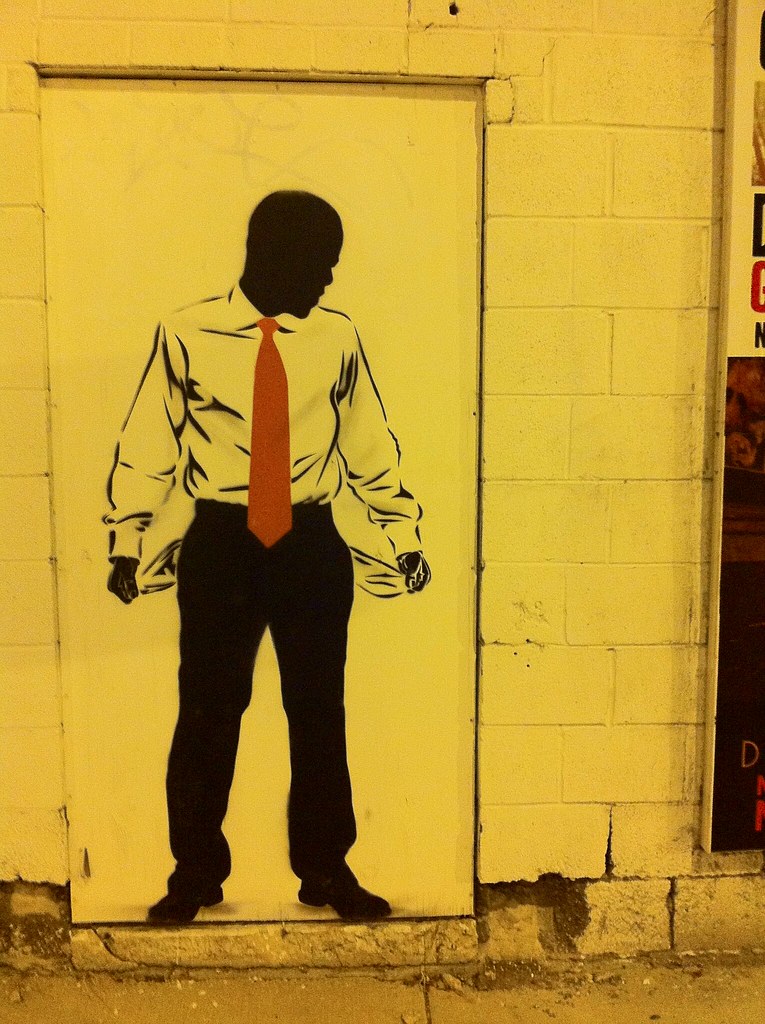“How many times have
You heard someone say
If I had his money
I could do things my way”
– Johnny Cash, “A Satisfied Mind”
(Written by Jack Rhodes, Red Hayes)
Though I lack hooves, I have a burr under my saddle. In years of working with nonprofits, I have long since lost count of the number of times I’ve heard colleagues whose work and opinions I think highly of refer to our under-resourced sector. In conference panels and on blogs, in keynotes and cocktail conversations, we are witness to (and to be fair, participate in) references to this sectoral deficit. It often takes on the shape of an a priori assumption: self-evident and rarely challenged. What do we truly mean when we say – as individual organizations or as a field – that we are ‘under-resourced?’ Does repeating this statement help us solve the problem? Or handicap us?
I wonder if we all have the same thing in mind when we say under-resourced: that we don’t have as much as money as we need? We have to ask too much of our small staff? We have insufficient capital to invest in R&D or new work? We can’t afford to own our own space? To be sure, the there is a fundamental distinction between the nonprofit and commercial sectors. Over a decade after I first read them, the words of Adrian Ellis’ reminder stick in my mind (emphasis mine):
“All dynamic, mission-driven nonprofits live in the force field created by the tension between money and mission…the reason they are nonprofit organizations is not just because they are mission driven. It’s not just because their mission is valued by society. It’s also because the pursuit of mission is an axiomatically unprofitable activity.“
This is compounded by structural issues and historical funding patterns in the sector. While some of these have seen improvement, significant issues remain: insufficient funding for operating support, inadequate capital markets, convergence of sectoral low barriers to entry and high barriers to exit and disincentives for mergers (including but not limited to mission imperatives).
One often hears the assumption that as a field (and you may slice that moniker any way you like), we are under-resourced relative to the commercial sector: on the whole or specifically in relation to commercial organizations whose work is similar to or directly competes with ours. The commercial sector undoubtedly enjoys the advantages of deep and liquid capital markets and, perhaps less appreciated, sometimes a more direct feedback loop with those they aim to serve. Scale is also an issue: it can be difficult to adapt lessons on creativity, innovation and design thinking in your own work as a $1M organization when studying Apple (2013 revenues of $170.87 billion). Nevertheless, it is perhaps too easy for some to dismiss what may be possible because of differences in scale in resources: unlike Athena, neither Apple nor the Metropolitan Museum of Art sprang in their present form from the heads of Steve Jobs or John Taylor Johnston (and friends).
As leaders of mission-driven cultural organizations, we naturally want more: to offer more, to serve more, to reach more, to break more new ground, to win more hearts and minds, to advocate more, to provoke more. This usually requires resources which are often in scarcer supply than vision, ambition and entrepreneurial drive.
But being under-resourced isn’t an absolute. It is a function of – and therefore only has meaning in relation to – the scale and scope of one’s aspirations for programming (and less poetically, fixed costs). If as a field we are quick to agree we are perpetually under-resourced, I wonder what message this conviction has for those we seek to engage in our work and ultimately, our missions. Does this let us off the hook at any level? When is this, well, false? Is this always a financial issue? When the issue is scarcity, is it easier to talk about our resources than our relevance?
Does this resonate with your experience, or fail to recognize the true nature of the situation? Are there ways to improve the quality of this conversation? Let us know what you think.


Leave a Reply